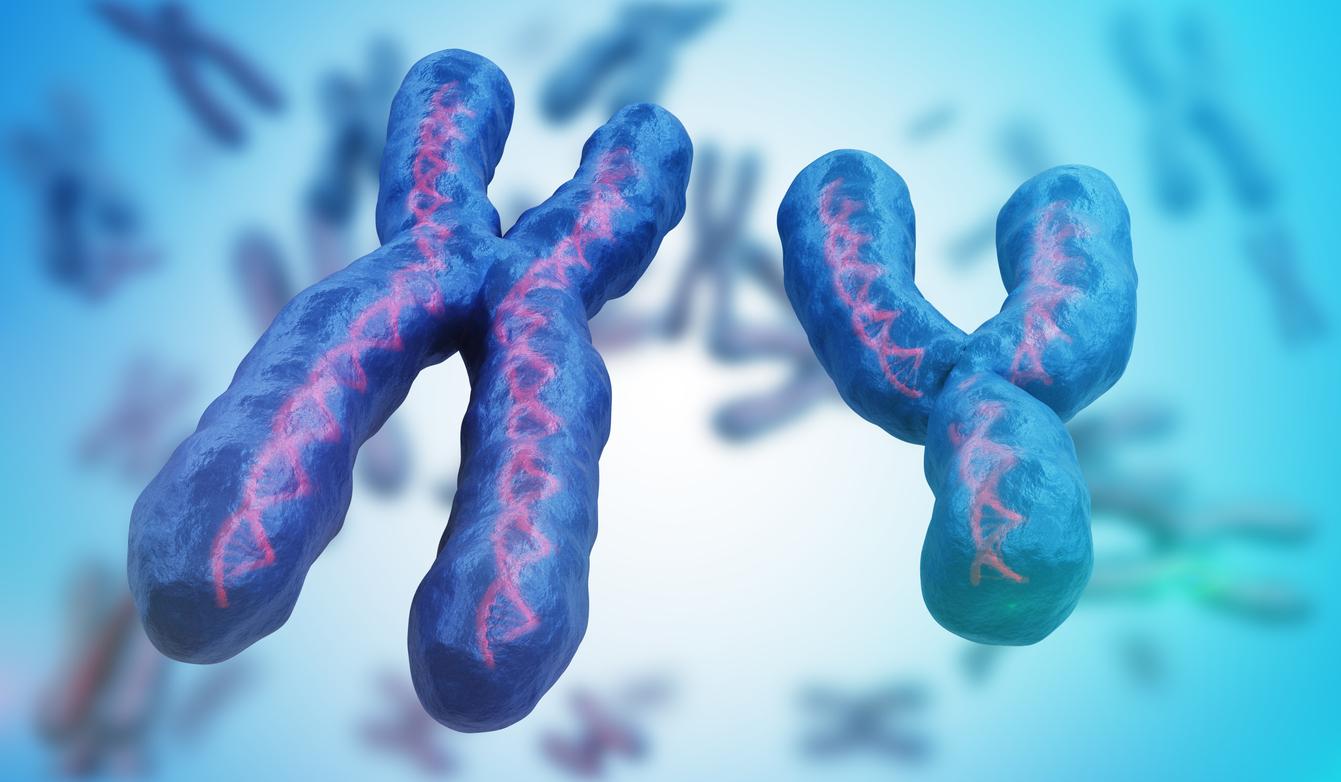Numerous studies have highlighted genes may play a role in the development of autism, and autism spectrum disorders (ASD) in general.
However, it could be that it is much more complex, and that it is not just these few genes that would lead to this condition.
An American study published in the scientific journal Molecular Systems Biology, has identified an entire network of molecules made up of proteins that may contribute to autism.
We all have a genome, made up of all of our genes. These genes allow the body to obtain proteins, which make our bodies work. But within each type of cell (heart cells, epidermal cells, neurons, etc.), only part of the genome is activated, depending on the tasks with which the cells are charged. Thus, activated genes in liver cells can be “silent” in skin cells.
Take an interest in the proteins that flow from the genome
Thus, for the study, the researchers were not only interested in the genome, but looked at the expression of the genes, and on the proteins which derive from it. leak, in patients withautism. They thus identified a network of protein interactions, which turned out to be linked to autism, after analyzes carried out on 525 patients.
Scientists have also found that brain cells that help protect neurons play an important role in autism. Their incorrect functioning would not allow proper circulation of nerve signals between the right and left hemispheres of the brain.
“Our analysis identifies a natural network involved in autism, and allows us to reveal new genes and molecules responsible for this condition,” explain the authors of the study in their report. publication. This improves our understanding of the molecular pathology of autism. TO”
In addition to fueling knowledge in the field of autism spectrum disorders, this study offers a new approach to tackle diseases that are still poorly understood.
“Our study highlights the importance of building models of molecular integration to study complex human diseases,” said Professor Michael Snyder, lead author of the study. The use of biological networks has allowed us to superimpose the genetic mutations of autism on molecular pathways. This provides a framework for maintaining molecular networks for other diseases. TO”
Read also :
Autism: the majority of the risk is genetic
Autism: a surplus of neuronal connections at the origin of the disease
One in 2 American children could have autism within 10 years
Asperger’s syndrome: a specialist’s point of view
















